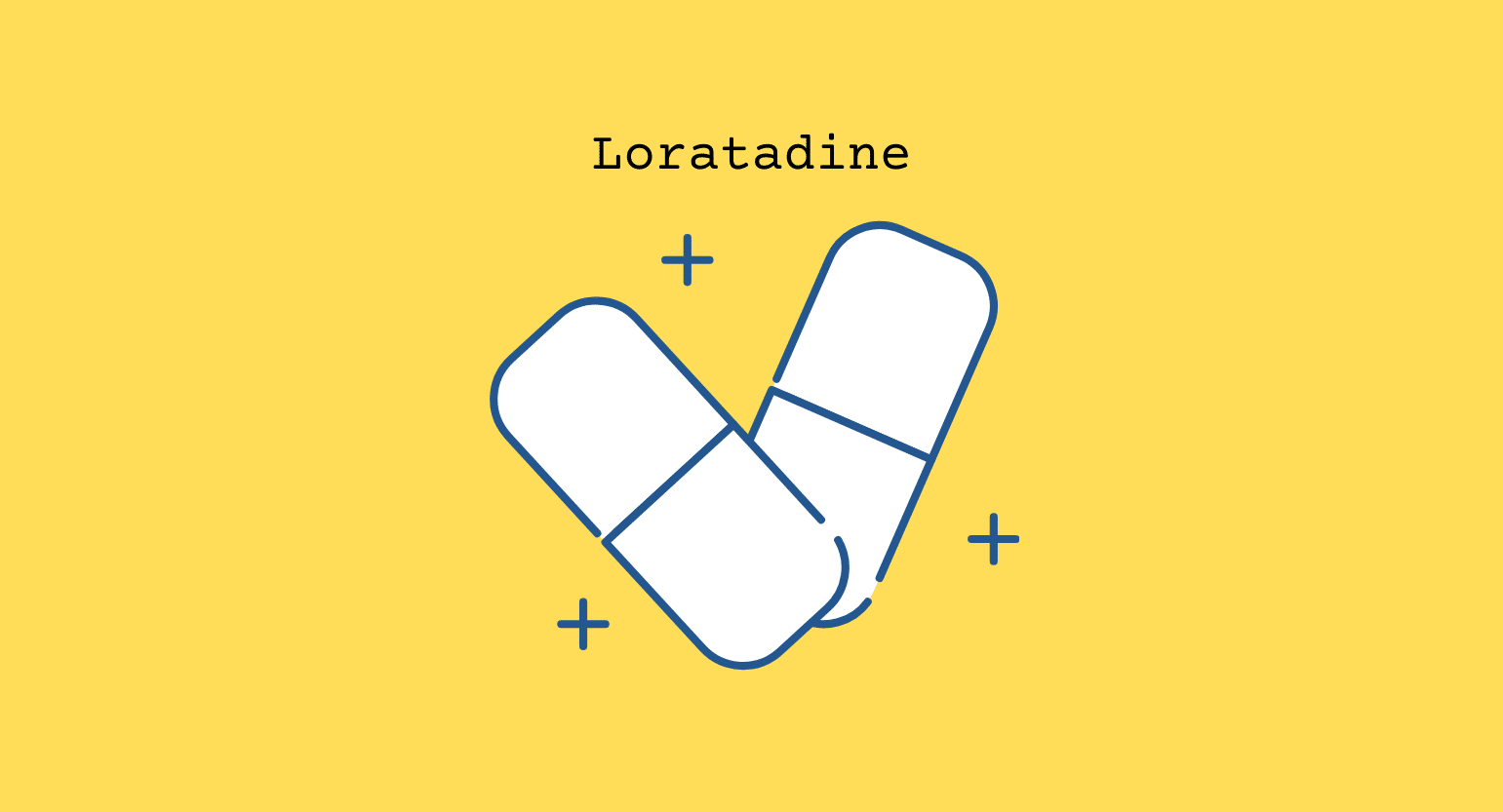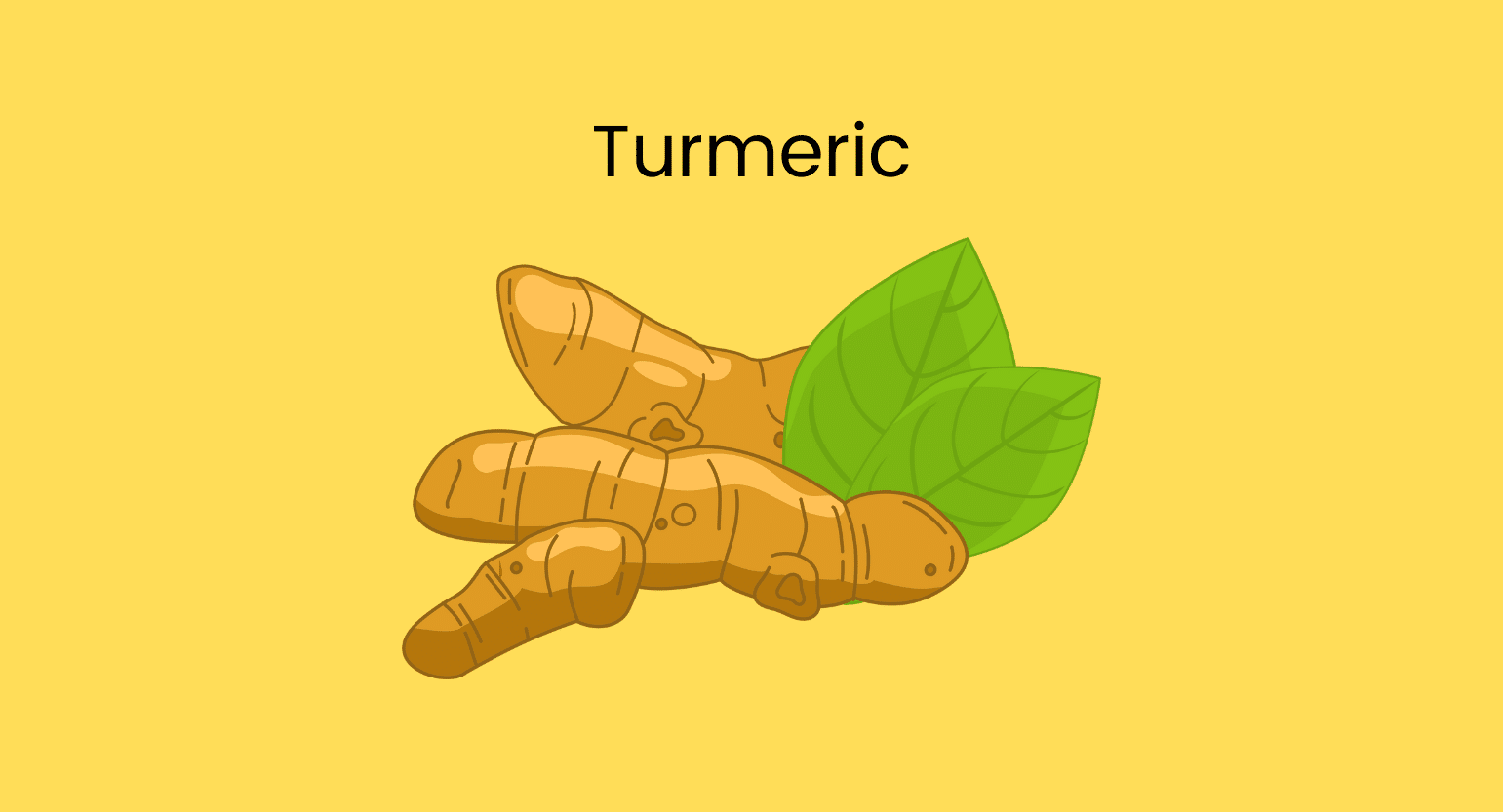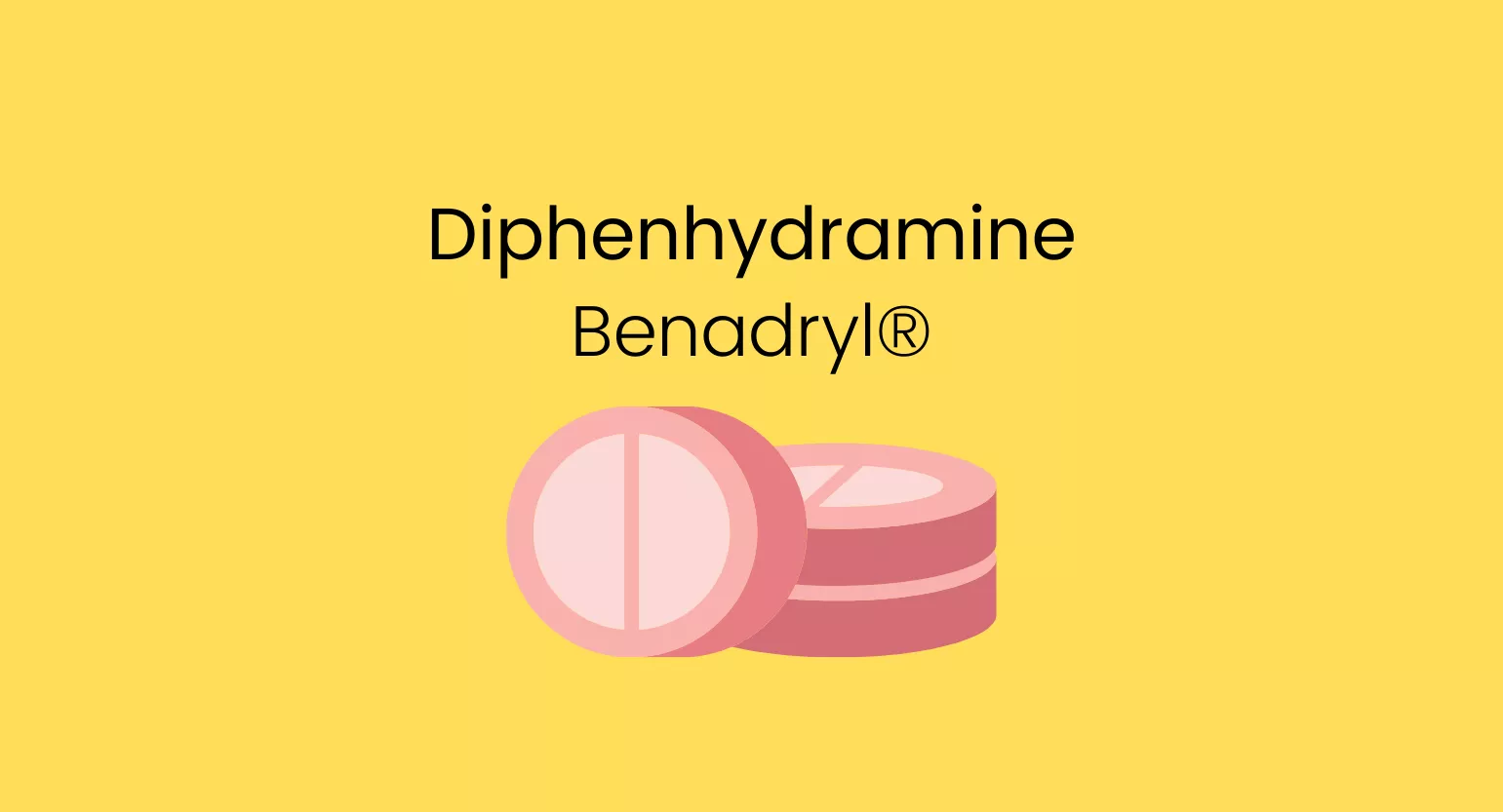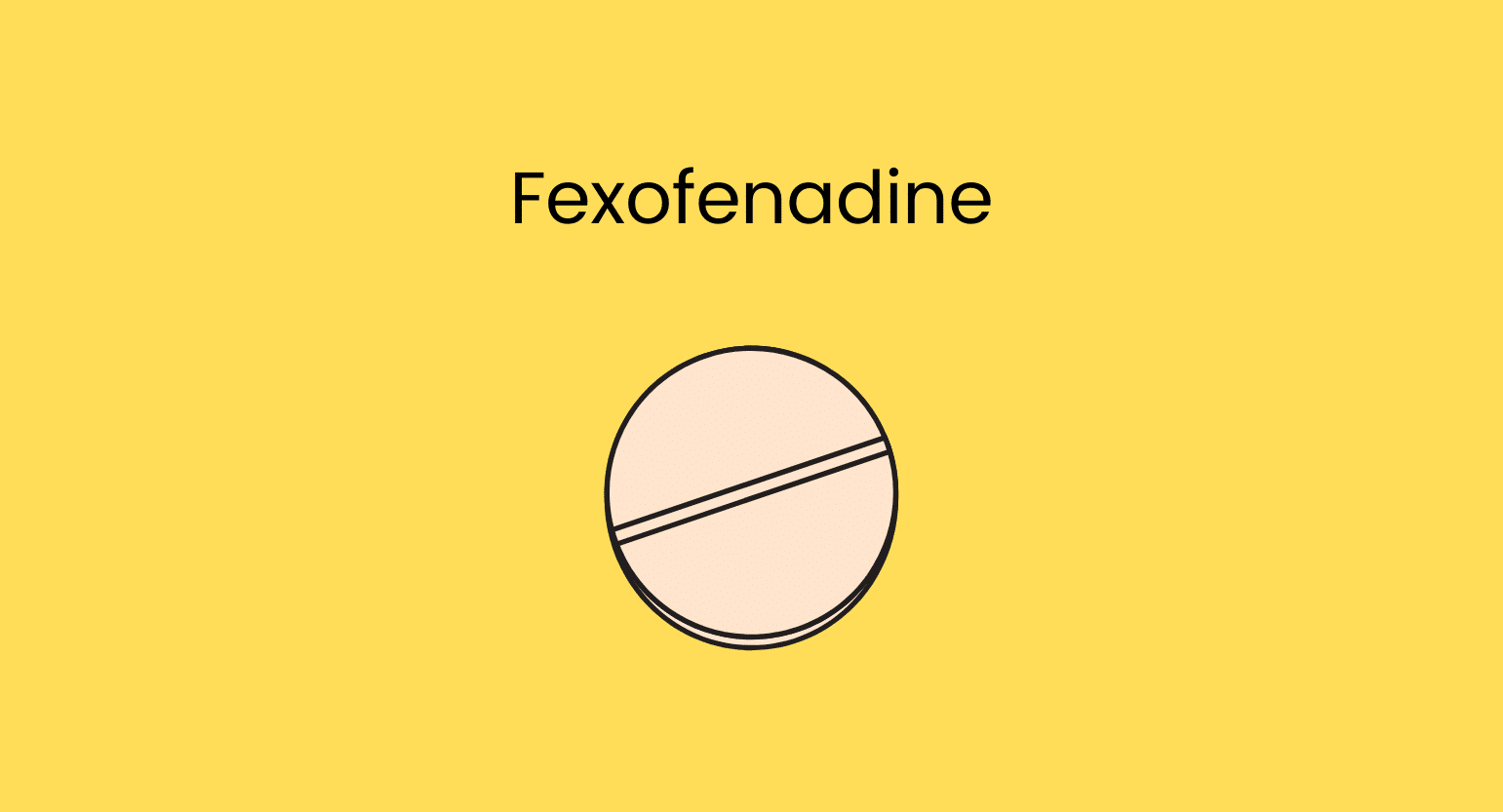Does Kratom Interact With Nicotine?
Yes. Taking nicotine and kratom together increases the chances of experiencing side effects from either substance.
Kratom contains over a dozen active alkaloids, but the most common are mitragynine and 7-hydroxymitragynine — both of which have similar stimulating effects as nicotine. When combined, the stimulating effects of these substances become more pronounced — as do the potential side effects. This type of interaction is known as an agonistic interaction.
If using kratom and nicotine together, it’s wise to take a lower dose of both. This combination’s most common side effects are anxiety, muscle tension, dizziness, increase in blood pressure, insomnia, and nausea.
Kratom shares a similar risk of negative interactions with other pharmaceutical and plant-based stimulants.
Nicotine Specs
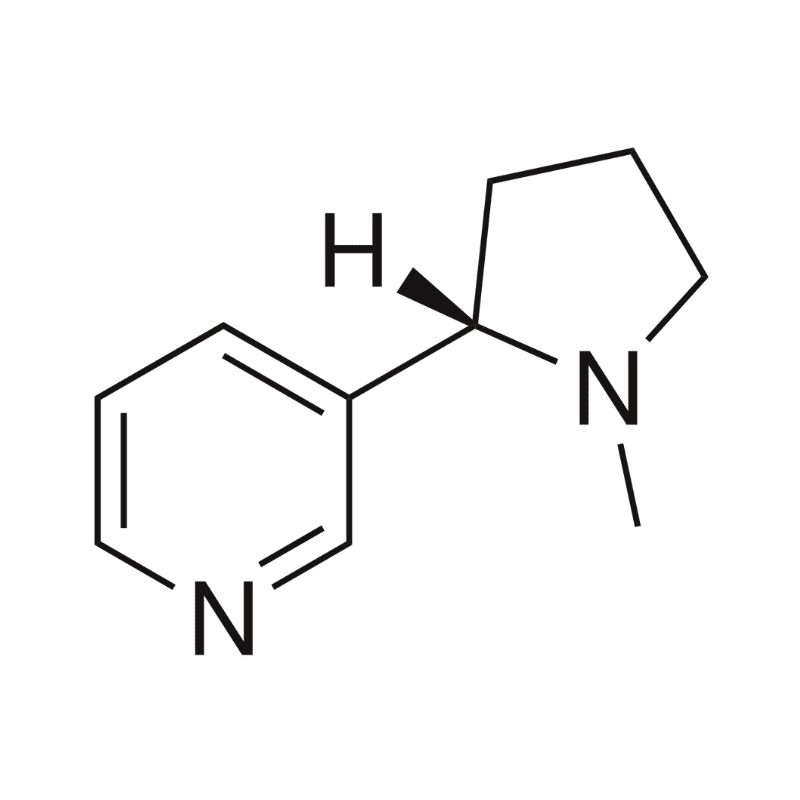
| Drug Name | Nicotine |
| Trade Names | Nicotrol, Nicorette, Commit |
| Classification | Stimulant |
| CYP Metabolism | CYP2A6 |
| Interaction With Kratom | Agonistic |
| Risk of Interaction | Low to Moderate |
Is it Safe to Take Kratom With Nicotine?
Many people take kratom and nicotine together — this combination is widespread.
While the chances of experiencing severe consequences from mixing nicotine and kratom, it’s wise to reduce the dose of one or the other (or both). The risk of uncomfortable side effects from either substance increases with this combination.
It’s unlikely for this combination to result in any severe side effects.
What is Nicotine?
In terms of chemical structure, nicotine is known as a chiral alkaloid.
Alkaloids are a class of naturally occurring chemical compounds produced by a broad spectrum of organisms such as animals, plants, bacteria, and fungi. Nicotine is found most commonly in the tobacco plant but is also present in the seeds from Solanaceae plants like eggplant and potato.
As we all know, nicotine is a highly addictive substance and is mainly used recreationally via cigarettes. The average cigarette produces about 2 mg of absorbed nicotine [1].
Nicotine is classified as a stimulant drug and has moderate psychoactive properties.
Users often feel mild analgesic, stimulant-like effects, and mood-lifting (euphoric) properties. This is due to the way that nicotine affects the body’s central nervous system. It has been suggested that smokers use nicotine to regulate their moods [2].
Products like pipe tobacco, chewing tobacco, wet and dry snus, and nicotine-infused e-cig products like Juul all contain nicotine.
What is Nicotine Used For?
Nicotine is almost exclusively employed as a therapeutic supplement in treating nicotine dependence.
This is done to reduce or eliminate the habit of smoking (as well as other forms of nicotine ingestion).
The addictive properties of nicotine and its withdrawal symptoms can make it quite hard to cease smoking [3]. To counteract this, patients are administered controlled nicotine levels through various methods such as gums, inhalers, dermal patches, etc.
According to the Cochrane Collaboration, these methods increase the probability of quitting smoking by as much as 50%.
These nicotine products are specifically designed to minimize any chance of nicotine addiction. As opposed to cigarettes, which deliver a dose of nicotine that is rapidly absorbed, these products deliver the drug much more slowly.
However, it is essential to note that nicotine is not solely responsible for the adverse effects of smoking. In fact, the International Agency for Research on Cancer does not generally consider nicotine to be a carcinogen [4].
Generic & Brand Name Versions of Nicotine
Nicotine supplement products have a variety of different forms.
Here are some of the most common brand-name nicotine options on the market:
- Commit (gum/lozenge)
- Habitrol (patch)
- NicoDerm CQ (patch)
- Nicorette (gum/lozenge)
- Nicotrol Inhaler
- Nicotrol NS
What Are the Side Effects of Nicotine?
Nicotine is a potent alkaloid with a set of specific pharmacological effects. As such, there will always be a risk of side effects. The most common side effects are related to the stimulating properties of this substance — such as anxiety and insomnia. In high doses, nausea and dizziness are also common.
The potential side effects of nicotine include [5]:
- Allergic reactions
- Anxiousness
- Chest pains
- Dizziness
- Gastrointestinal symptoms
- Headaches
- Heart palpitations
- Insomnia & nightmares
- Muscle tension
- Nausea & vomiting
- Peptic ulcers
- Raches or skin irritations
Serious adverse events caused by nicotine supplements are exceedingly rare. However, we must also state that in very high doses, nicotine can result in seizures, hyperventilation, and even death [6].

What is Kratom?
Kratom (Mitragyna speciosa) is a tropical tree native to several countries in Southeast Asia, including Thailand, Malaysia, Vietnam, Cambodia, Indonesia, among others. It’s a close relative to the coffee plant that has been commonly used as traditional medicine for centuries.
Kratom leaves contain a pharmacopeia of therapeutic alkaloids, such as mitragynine, 7-hydroxymitragynine, speciogynine, and paynantheine. These alkaloids account for the plant’s therapeutic effects.
Currently, kratom is an unregulated substance and relatively unknown to most people.
Nevertheless, the kratom community is going strong and growing every day. Kratom’s benefits have already changed the lives of thousands of people in the United States.
What is Kratom Used For?
The effects of kratom are unique because they can change dramatically depending on the dose or individual strain being used.
For example, low doses tend to have effects more similar to coffee — they’re stimulating and energizing.
Higher doses have the opposite effect — causing users to feel relaxed and offering potent pain-killing effects.
The kratom plant has three main uses:
Boost Energy & Focus
Kratom acts as a powerful herbal stimulant in lower doses. Like coffee or coca leaf, kratom users report an energetic boost. This is the primary traditional use of the plant —laborers would chew on the leaves throughout the day to boost energy and delay the onset of fatigue.
Today, this effect is revered by people working or studying in front of a computer. The energizing effects work on both the body and the mind — helping users remain focused for more extended periods.
The trick to getting this effect is to ensure you don’t use too much. Low doses are stimulating, but if you take too much, these effects transition into more sedative qualities (which are not suitable for enhancing your work ethic).
Manage Pain
The kratom plant is also known to provide powerful pain-killing effects. Like opiates, kratom binds to opiate receptors in the central nervous system and dampens pain, making it an excellent option for chronic pain patients.
Related: Best Kratom Strains For Pain Relief.
Alleviate anxiety
At higher doses, kratom can promote feelings of generalized calm and sedative-like effects. Many people now take kratom for its anti-anxiety benefits, preferring an herbal option instead of pharmacological antidepressants.
Lastly, the kratom plant has also been shown to be effective at relieving opioid withdrawal symptoms.
Large-scale studies are still needed to discern all of kratom’s possible benefits.
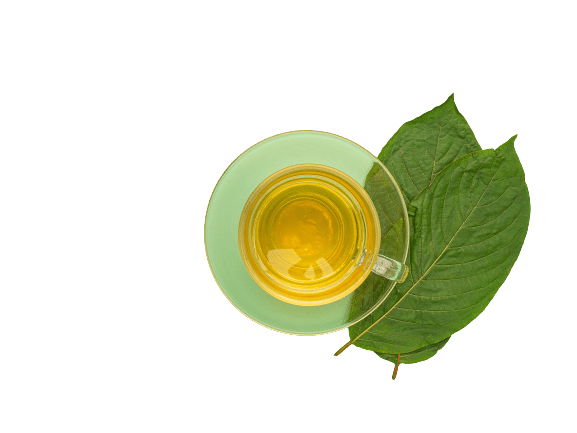
What’s the Dose of Kratom?
It’s essential to get your kratom dosage right.
The effects of the kratom plant are highly dependent on dosage. If you want to make the best of your kratom experience, choose the proper dosage for the job.
Just keep in mind that everyone’s bodies are different, and formulaic dosage recommendations are generally best avoided.
Having that said, here are the generally recommended kratom dosage ranges:
- Low dose: 1 – 3 g
- Medium dose: 3 – 6 g
- High dose: 6 – 12 g
Remember: low doses are best for the stimulant effects, while medium to high is preferable for analgesic and anxiolytic benefits.
What Are the Side Effects of Kratom?
The most common side effects of kratom could also be considered beneficial effects. For example, people who take too much kratom may report feeling sedated or fatigued — but this is also a benefit of the herb if the goal is to alleviate pain, anxiety, or insomnia.
Additionally, some people find kratom too stimulating (lower doses) — which is a benefit for people using kratom to help them remain energized and focused.
Outside of these effects, unwanted side effects such as headaches, nausea, and dizziness can also present. The higher the dose, the more likely you will feel side effects.
Of course, these side effects may present at an even lower dose if mixing kratom with nicotine.
Kratom consumption can cause the following side effects:
- Anxiety
- Changes is blood pressure
- Constipation
- Diarrhea
- Heart palpitations
- Insomnia
- Itchiness in the skin
- Low libido
- Poor appetite
It is also known that kratom consumption can cause dependence and addiction. To avoid this, ensure you take regular tolerance breaks and stay within the recommended dosage guidelines.
Don’t take kratom if you are pregnant or breastfeeding, as it may also create dependence and withdrawal symptoms for the baby.

What Are the Different Types of Kratom?
As if the suite of benefits offered by kratom weren’t enough — kratom also comes in various strains.
All kratom strains share the same essential spectrum of properties, but each strain can potentiate distinct parts of the spectrum more potently.
The variation in the strains is thought to arise due to slightly divergent alkaloid profiles within the plant as a result of differences in soil composition and harvesting methods.

White Vein Kratom
The white-veined strains sit on the stimulant, euphoric end of the kratom spectrum.
These strains are known to promote the mind-based benefits of the kratom plant more strongly. They are perfect for a morning pick-me-up and are usually popular with those early risers.
If you want to promote mental energy, creativity focus, and better moods — try a white-veined kratom strain!

Red Vein Kratom
Red vein kratom can be found on the opposite side of the spectrum than white —it specializes in the analgesic and sedative-like qualities of kratom.
These attributes make red-veined kratom strains quite popular with chronic pain patients who want to avoid addictive pharmacological pain killers, as well as ibuprofen and acetaminophen — which are unsafe to use long-term.
Red vein kratom is also great at promoting calm and controlling anxiety.

Green Vein Kratom
Green vein kratom rests comfortably in the middle of our handy kratom spectrum.
As such, green-veined strains are known for having a great mix of the effects found in both red and white kratom strains.
This makes green vein an excellent choice for someone who wants to experience everything kratom has to offer. Unfortunately, you sacrifice the targeted experience of a white or red-veined strain.

Yellow Vein Kratom
Last but not least is yellow vein kratom.
Yellow vein arises out of a mixture of white and red vein kratom. This is why users often compare it to green vein kratom.
They have the same essential qualities except that yellow vein kratom is milder, making it a popular choice for beginners.
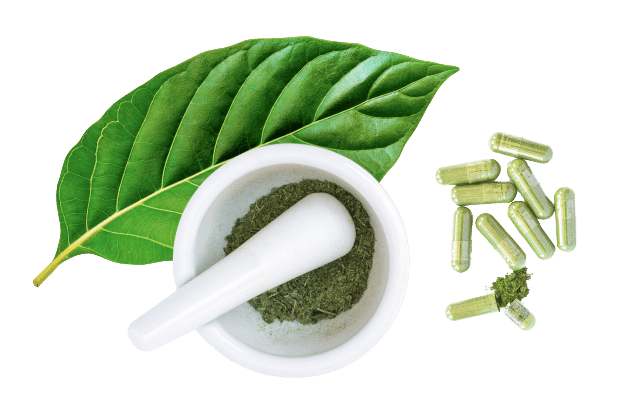
Key Takeaways: Is it Safe to Mix Kratom & Nicotine?
There is a considerable difference in risk depending on whether you are ingesting nicotine through smoking or via nicotine supplementation as prescribed medicine. Regardless of the case, is very unlikely you will experience severe consequences from this interaction.
The main concern about taking nicotine and kratom is that you’ll experience side effects from both substances more easily.
Start with a lower dose of both to reduce the chances of feeling dizziness, headaches, nausea, or anxiousness.
Consult your doctor if you are having trouble limiting either one of these compounds.
- Mayer, B. (2014). How much nicotine kills a human? Tracing back the generally accepted lethal dose to dubious self-experiments in the nineteenth century. Archives of toxicology, 88(1), 5-7.
- Benowitz, N. L. (2010). Nicotine addiction. New England Journal of Medicine, 362(24), 2295-2303.
- McLaughlin, I., Dani, J. A., & De Biasi, M. (2015). Nicotine withdrawal. The Neuropharmacology of Nicotine Dependence, 99-123.
- International Agency for Research on Cancer. (1986). Tobacco smoking. IARC Monographs on the Evaluation of the Carcinogenic Risk of Chemicals to Humans, 38, 83-126.
- Hartmann‐Boyce, J., Chepkin, S. C., Ye, W., Bullen, C., & Lancaster, T. (2018). Nicotine replacement therapy versus control for smoking cessation. Cochrane Database of Systematic Reviews, (5).
- England, L. J., Bunnell, R. E., Pechacek, T. F., Tong, V. T., & McAfee, T. A. (2015). Nicotine and the developing human: a neglected element in the electronic cigarette debate. American journal of preventive medicine, 49(2), 286-293.




